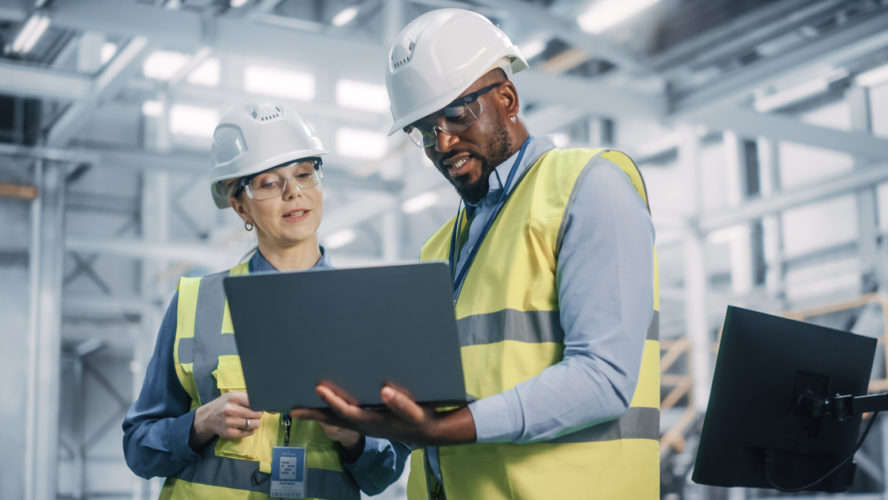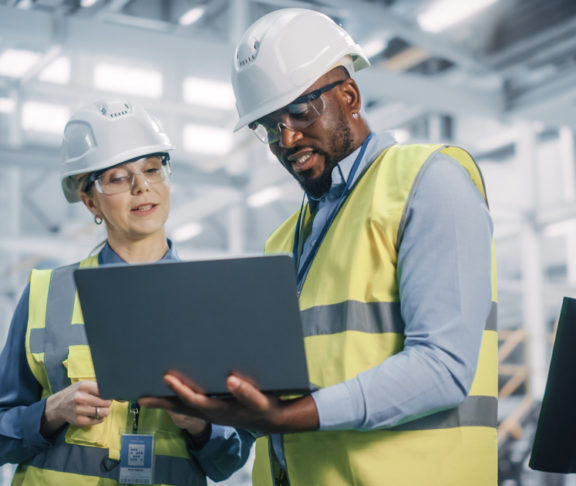
Richard Papworth
CEng MIStructE Director, HDR
MMC (Modern Methods of Construction) in the construction industry can improve productivity and influence the drive for net zero carbon construction by 2050.
Richard Papworth is a director overseeing civil and structural disciplines at global company HDR, specialising in the built environment. Papworth shares his views.
Q: How serious are the labour shortages in the UK construction industry?
With the decline in skilled labour, an ageing skilled workforce and the departure of European skilled labour; the shortage is significant. This is driving up salaries and construction costs.
Q: What is MMC in the built environment?
The phrase modern methods of construction relates to new ways of construction including volumetric offsite manufacturing, offsite panelised systems and offsite hybrid systems. This provides the industry with the flexibility to use different materials.
Q: Where can MMC be utilised?
MMC can include a variety of building typologies; ranging from an entire house, a room with a bathroom or shower pod, single elements or a wall panel with wiring and plumbing that will be taken to a site. Hospitals, laboratories and tall buildings also benefit from MMC due to the complexity of building typology.
Q: How can MMC help address labour shortages?
MMC will not completely take over traditional construction. However, unless we start training people and more apprentices enter the industry, we might not have a choice as there will not be enough people to carry out work on sites.
Health and safety can be monitored more closely in a factory than on a site. Factories can potentially provide a more enhanced working environment.
Q: What are the benefits of MMC?
With the labour shortage, the approach is increasingly more efficient in a factory as typically, there is less waste. MMC factories can act as employment hubs; rather than moving people to building sites, construction workers can be employed from an area local to the factory which allows access to a more sustainable workforce. Health and safety can be monitored more closely in a factory than on a site. Factories can potentially provide a more enhanced working environment.
Q: Is the skill mix in a factory the same as on a construction site?
There is still a specific skill mix in a factory; plasterers are still needed, along with carpenters, electricians and plumbers. However, as all the tradespeople are working in one space, they are in a more controlled environment, bringing in efficiencies — helping to save time and money.
Q: How will MMC address the drive towards net zero carbon construction?
The approach arguably speeds up delivery, reduces labour costs, eliminates unnecessary waste and improves quality. The industry can then work towards achieving Net Zero Construction by 2050.



